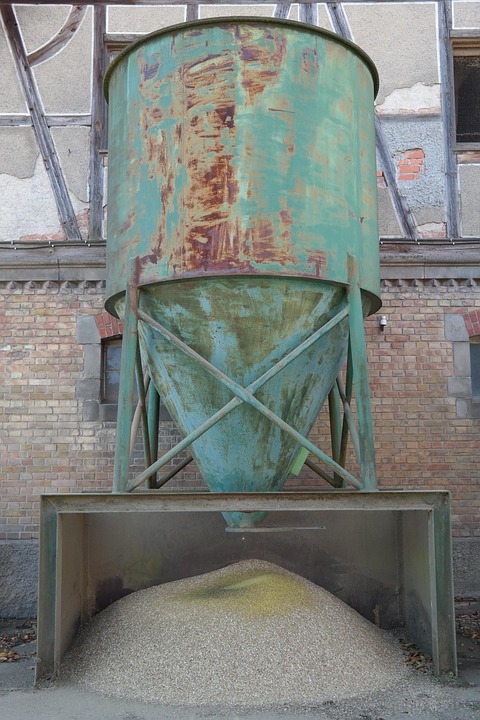Introduction
Air classifiers play a crucial role in the food processing industry by separating and classifying particles according to their size, shape, and density. This technology is essential for achieving the desired quality and consistency of food products. In this report, we will explore what an air classifier is, how it works, and its importance in food processing.
What is an Air Classifier?
An air classifier is a machine used to separate materials into different size fractions based on their physical properties. It utilizes air as the medium to carry out the separation process. Air classifiers are commonly used in industries such as food processing, pharmaceuticals, mining, and recycling.
How Does an Air Classifier Work?
Air classifiers work on the principle of aerodynamic separation. The material to be classified is fed into the machine through a feed mechanism. Inside the classifier, air is introduced at high velocity, creating a turbulent air stream. The particles in the feed are subjected to different forces such as drag, centrifugal, and gravitational forces, which cause them to separate based on their size and density.
The larger particles with higher inertia are thrown towards the outer wall of the classifier and collected in the coarse fraction, while the smaller particles with lower inertia follow the air stream and are collected in the fine fraction. The separation process is controlled by adjusting parameters such as air flow rate, rotor speed, and feed rate.
Importance of Air Classifiers in Food Processing
Air classifiers play a vital role in the food processing industry by ensuring the quality and consistency of food products. They are used for various applications such as separating flour particles, removing impurities from spices, and classifying grains based on size. Air classifiers help food manufacturers meet regulatory standards, improve product quality, and increase production efficiency.
Industry Insights
The global air classifier market is expected to grow at a steady pace due to the increasing demand for high-quality food products. According to a report by Market Research Future, the market is projected to reach a value of $280 million by 2023, with a CAGR of 5.6% from 2018 to 2023. Key players in the air classifier market include Hosokawa Micron Group, Coperion GmbH, and Metso Corporation.
Benefits of Using Air Classifiers in Food Processing
– Improved Product Quality: Air classifiers help in achieving consistent particle size distribution, leading to better product quality.
– Increased Efficiency: By separating materials based on their size, air classifiers optimize the production process and reduce waste.
– Regulatory Compliance: Air classifiers ensure that food products meet regulatory standards for safety and quality.
– Cost-Effectiveness: Using air classifiers can result in cost savings by reducing the need for manual sorting and inspection.
Case Study: Hosokawa Micron Group
Hosokawa Micron Group is a leading manufacturer of air classifiers for the food processing industry. The company offers a wide range of air classification systems that are designed to meet the specific needs of food manufacturers. Hosokawa’s air classifiers are known for their high efficiency, reliability, and precision.
In a recent case study, a food manufacturer implemented Hosokawa’s air classifier to separate flour particles and improve the quality of their final product. The air classifier helped the manufacturer achieve a consistent particle size distribution, resulting in a higher-quality flour with enhanced functionality. The use of the air classifier also led to increased production efficiency and cost savings for the manufacturer.
Conclusion
In conclusion, air classifiers are essential equipment in the food processing industry for separating and classifying particles based on their physical properties. They play a crucial role in ensuring the quality, consistency, and safety of food products. By using air classifiers, food manufacturers can improve product quality, increase efficiency, and meet regulatory standards. As the demand for high-quality food products continues to grow, the importance of air classifiers in food processing is expected to increase significantly.




